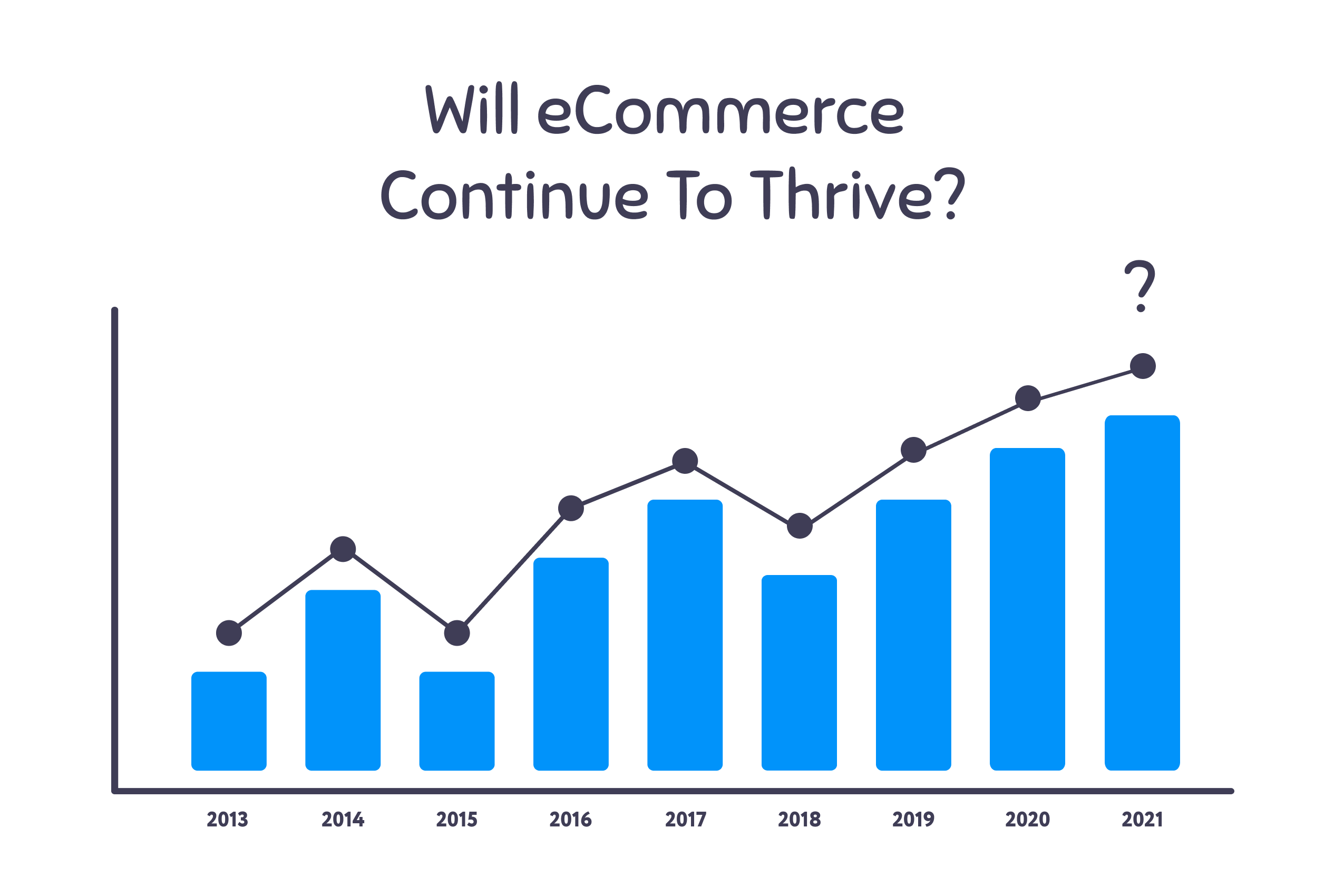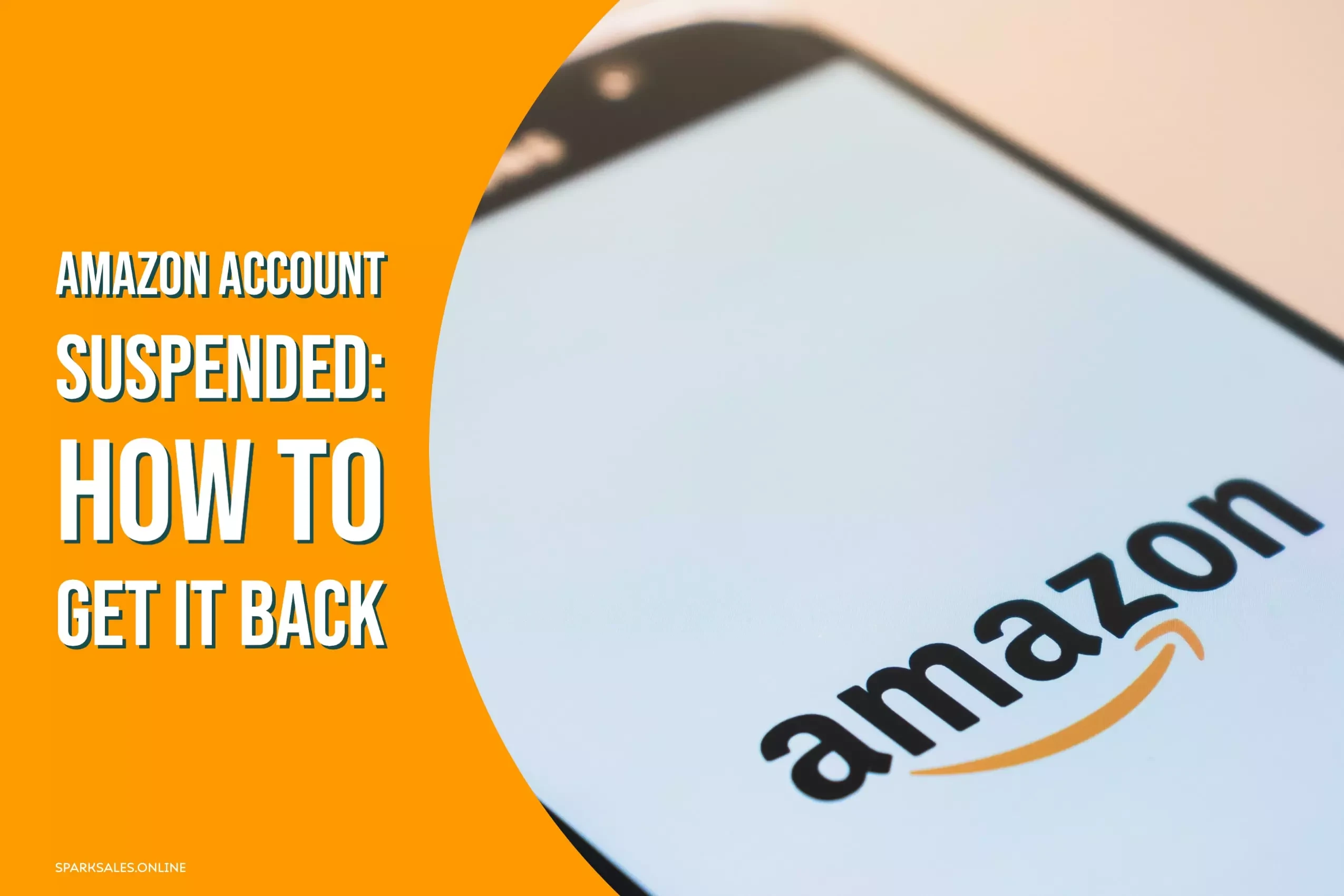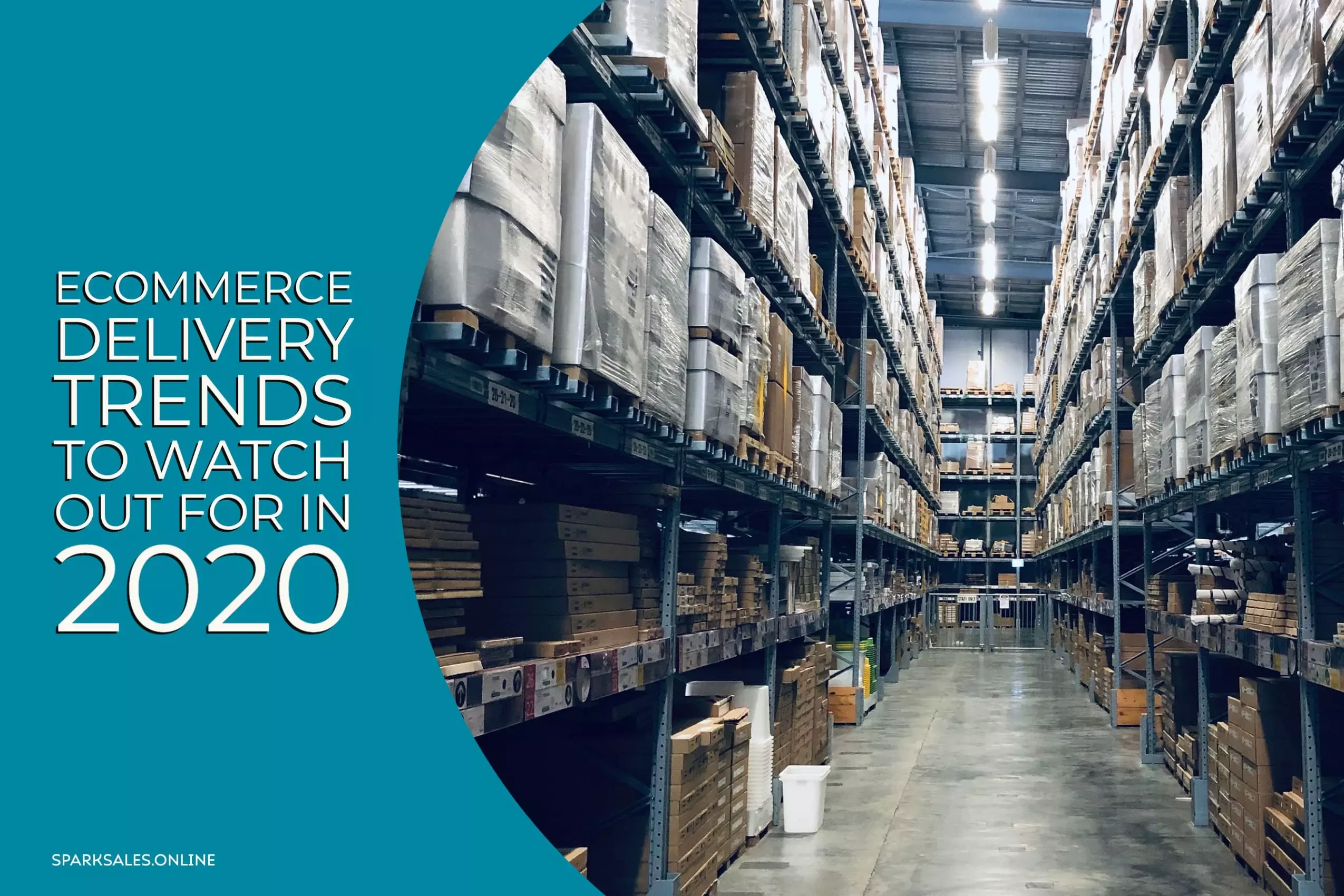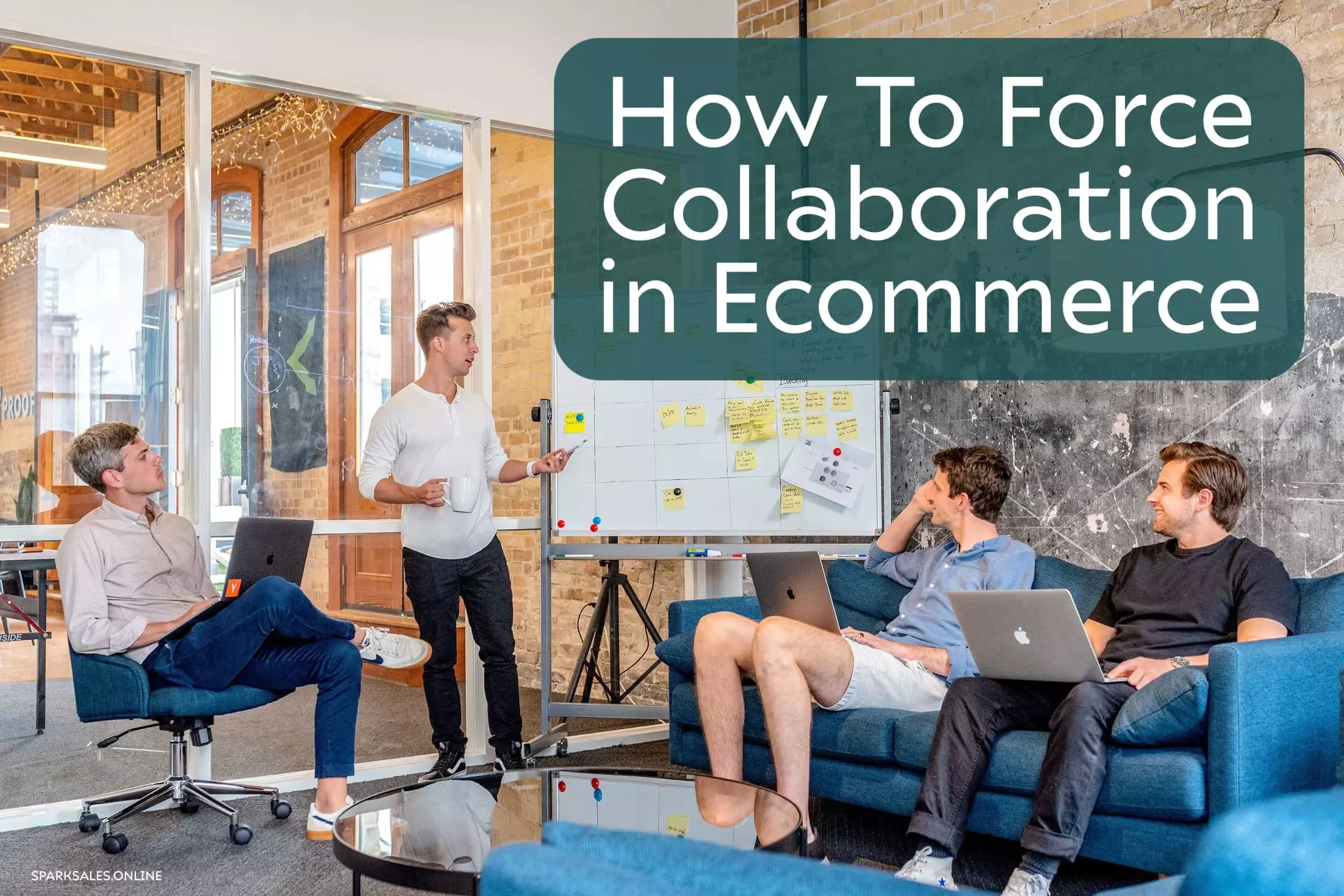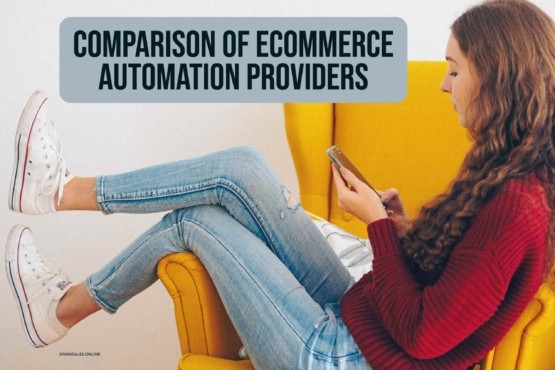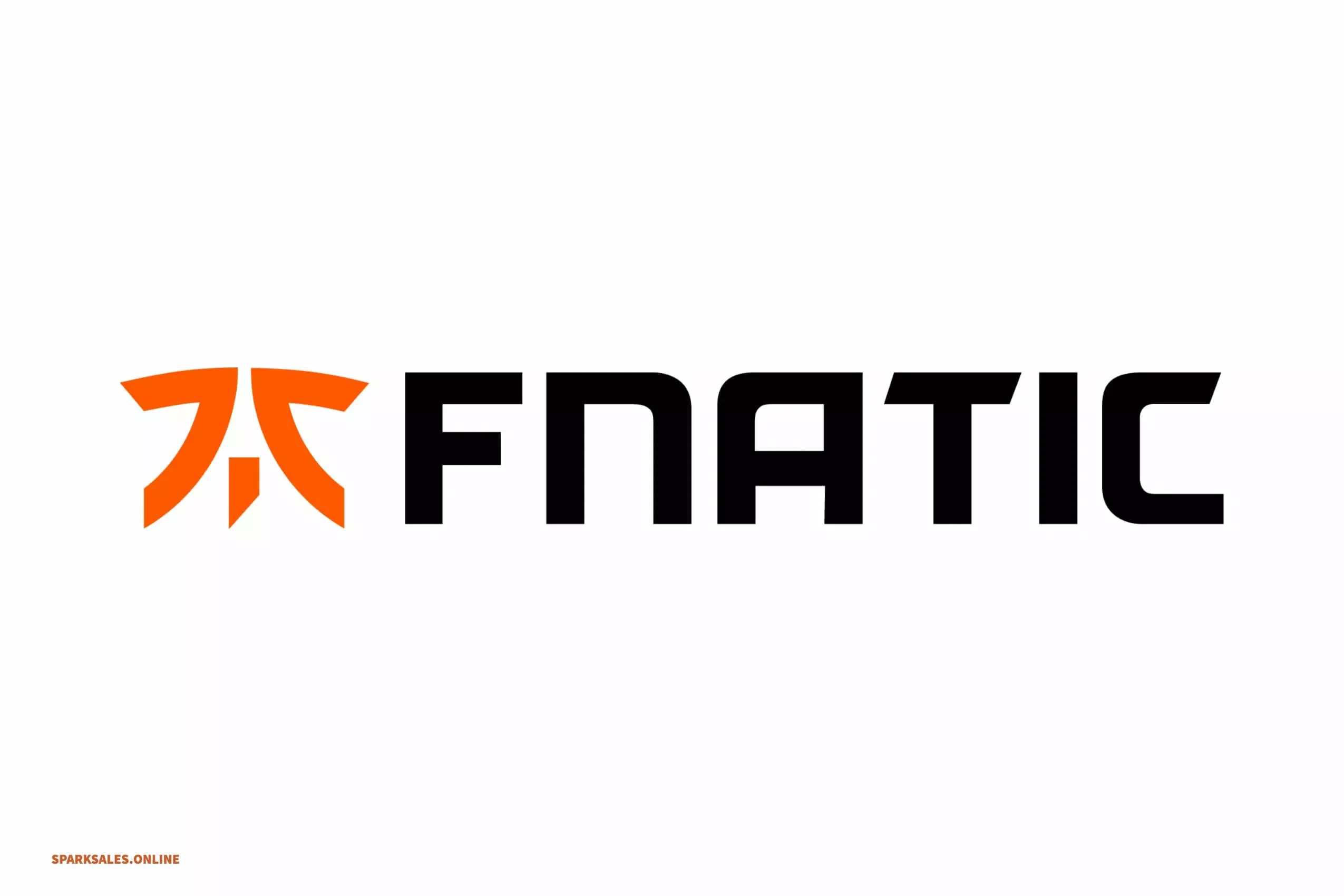Are you an online seller trying to find the online marketplaces with the most traffic? Today, I’ll cover all things OnBuy, what it is, why it’s growing and everything you need to know about the future of ecommerce and marketplaces in general. Currently, it’s exciting times at OnBuy; If you are in the UK, you’re probably already familiar with them because they’ve had phenomenal growth in the past few years.
Their origin story is one of those of tech entrepreneurship and innovation in a space that’s obviously relatively crowded. You’ve got the likes of Amazon, eBay, and Fruugo etc., already dominating the arena.
OnBuy is located in Dorset in the UK, and it is generally considered more straightforward to use than both eBay and Amazon based on seller experience. However, it is up there with the other fast-growing marketplaces with 8 million customers and millions of items, so OnBuy could actually be an excellent opportunity for UK based sellers or people who want to start selling online.
The founder, Cas Paton, was told a few years ago that they’d never get over a million GMV (Gross Merchandise Volume). It wouldn’t happen because it’s just too crowded, and there are already too many players in the market. Cas Paton rejected this notion and said, “No, I can do this; I’m going to do it differently”, and the brand created this differentiating proposition with its sellers in the last few years since they started up in 2016/2017. In that time, they have been focused on onboarding products, sorting out category hierarchies, and building the platform as a whole.
OnBuy only really started turning on any marketing in April/May 2020, and they didn’t have a marketing team until July 2020 either. So it’s still a new function of the business, and it’s accelerated within that time. Within the last 18 months, the organisation has grown from 15 people to around 85, and they’re just now going for another round of investment. With the brands rolling in over the last 12 months, they’re now at £160 million GMV too.
So they’ve really taken a significant share of the market with this differentiating proposition. They’ve got everything from a range of 127 different inflatable types of unicorn to Versace jeans. OnBuy has jewellery selling for £30,000 all the way down to costume jewellery for £2, so they’ve got a vast product set. Plus they’ve got technologies, homewares, etc. too. In total, they now have around 18,000 different categories, over 80,000 different brands on the website and 37 million products, so OnBuy are really growing very fast.
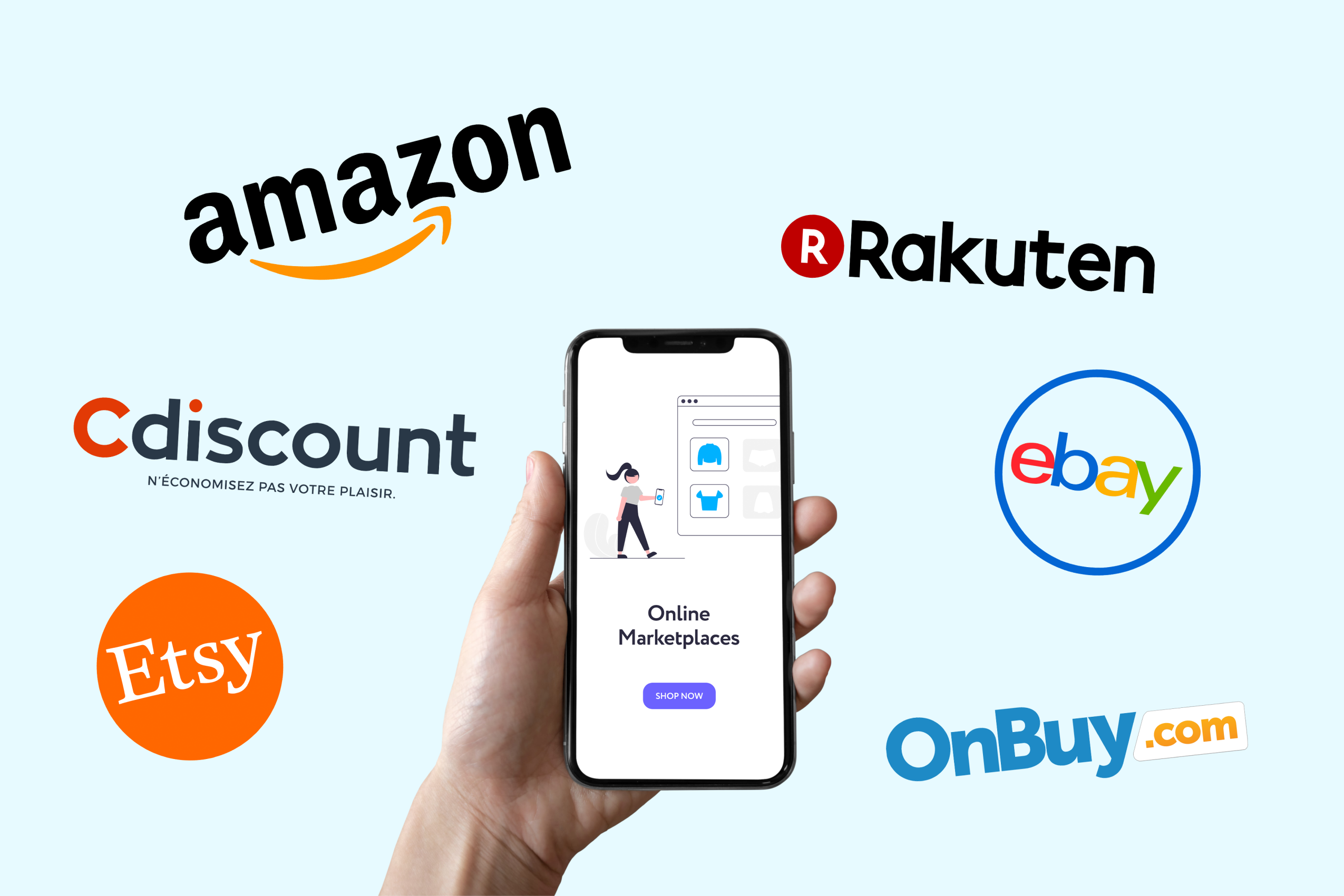
Is There Room for Another Marketplace?
Online retail is not exactly a space that you just sort of jump into and say, “Oh yeah, there’s no competition. We’re just going to make this work.” It’s a pretty big, fiercely competitive low margin space, so where is the opportunity for OnBuy?
Before Cas Paton started OnBuy, he had a business where he consulted for physical retailers and ecommerce retailers around the UK. For a while, there was a running theme that you needed to be on marketplaces and within this multi-brand multi-category kind of discovery zone. The issue with this is that obviously, some of the marketplaces then go through and actually compete with you on your best-selling products.
You’re then competing in the place that is your route to market with the retailer. So Cas Paton was increasingly advising his customers, saying, “Well go in, but go in with your eyes open that your best-selling product, if it’s selling really well, will have competition in that space for it”, and retailers don’t tend to like that very much as a reality.
Cas Paton saw this resonance with an alternative, and people were looking for an alternative multi-brand multi-category shopping experience, and that’s why he started OnBuy. That point of difference remains today, along with other elements.
Another critical aspect is cash flow. Cash flow is king in any business, especially in retail. So OnBuy pays their retailers instantaneously on dispatch. There’s no waiting for the month to come to an end; payment goes straight into your bank as soon as it’s left your warehouse. So that’s really good for smaller retailers as they’re up and coming and for larger retailers too because they know that that cash flow is there and it’s dependable.
So there was a solid proposition on that side. That meant that where some people were hesitant to put their entire product range into alternative marketplaces, OnBuy ended up with a more comprehensive product set across all the best-selling items. That then gave them a point of difference with the customer.
In addition, because OnBuy’s seller fees are also lower, they’re at the best price as well. So there are several key tick boxes that OnBuy fulfils. As a platform, they are also doing lots of work in terms of loyalty with consumers into the future, which will undoubtedly be interesting to keep an eye on.
Why Would a Seller Choose OnBuy as a Marketplace Over Amazon?
So why would you choose to sell on OnBuy? Well compared to the most popular marketplace among customers, Amazon, they both have a similar structure. Amazon is predominantly known for its excellent customer service, and it does its best to maintain the status of ‘best customer-friendly service’ too. However, when you deal with Amazon from the backend, you see that compared to OnBuy, they are not as ‘seller-friendly’.
-
The Creation of Listings
Amazon has been stringent with sellers in regards to the creation of listings, especially since February 2021. As a result, listings often get removed because sellers may have mentioned someone else’s brand name or trademark or were unaware that the product was forbidden to sell or required documents to prove the right to sell it.
This is fine when the process is conducted fairly. But, unfortunately, Amazon bots often mistakenly remove listings or suppress them from search results and refuse to reinstate listings that sellers have spent their time and energy on even when they prove that the listing is legitimate.
OnBuy is much more friendly in regards to the creation of listings. For example, they do not remove your listings and offers for no reason, nor do they suppress them because you forgot to add some attributes.
-
Seller Support
OnBuy support, unlike Amazon, is always willing to help you. Almost every issue that our colleagues and clients have experienced has been solved with their help. On the other hand, Amazon Support is more automated and to receive a response to your inquiry, you can wait weeks, and even then, there are no guarantees that you will be heard.
For example, if you want to add an offer to an existing listing on OnBuy and update it, you can speak to their support team, who will update it for you. However, on Amazon, you can suggest the change to a listing and provide all of the proof required and still be ignored.
-
Competition
OnBuy is a relatively new marketplace or, as they like to say, “still well within its infancy”, so a lot of niches are not saturated like on Amazon.
Suppose you want to be successful on Amazon? In that case, you will need to carefully investigate the niche you will sell in, research prices, continuously monitor price dynamics, launch campaigns, adjust them (better if done manually), optimise listings and populate them with relative and popular keywords. There are many tools designed specifically for Amazon, and to do it properly, a seller needs to spend a lot of time and money.
OnBuy is not yet as competitive, and by simply comparing prices in your niche, you can make a profit.
-
Account Suspension Risk
Even the most innocent seller has been threatened with having their Amazon account suspended at some point. Amazon has rigorous metrics to maintain the health of an account; some of them do not depend on only the seller but also include delivery services.
If your Amazon account is suspended, you need to prepare an informative action plan and provide many documents. But there are no guarantees that they’ll help you. Therefore each seller has to be very careful and continuously watch their metrics.
Again, our colleagues and clients have never had such problems with OnBuy. You are safe there as long as you are fair with your customers and sell what you say you will within the listing.
Indeed, Amazon has its advantages, but they are due to its popularity, age, automation and features. If you do everything correctly on Amazon, you will get fantastic profits, which will also require incredible effort.
Please bear in mind that OnBuy is not perfect either; their support team sometimes makes mistakes in importing information, they spend more time processing imports, and they still do not have EU and other marketplaces. Unlike Amazon, which also offers the tools to synchronise offers (prices and quantities) between those marketplaces.
It’s worth noting that variation listings are easier to create and update on Amazon. Amazon also gives sellers the opportunity to launch promotions (discounts, buy one get one free) – OnBuy still does not have promotion options.
But OnBuy is developing and is going to implement the above features soon. Furthermore, we see that they are constantly testing and improving their system performance, too, so there’s a good chance that they’ll catch up with Amazon in the future.
Throughout 2021 and Beyond, Will eCommerce Continue To Thrive?
Ecommerce was about 19-20% market share here in the UK pre-covid it then jumped four, five points across the course of the year and obviously, it came down a little bit as the stores opened up again. So hence, it’s hard to tell if it’s going to settle at 23% or 21% market share, but some customers still do like that physical retail experience that they get in terms of hands-on for clothing or trying on etc., but it’s still a huge market even with those percentage shifts coming through.
When you look at covid and the behavioural changes of buyers, one of the things to look at is that it’s not the first pandemic. We’ve seen SARS in Asia come through in 2006/2008 and what happened there is that consumer behaviours shifted for some time. So people were buying more cars, and they weren’t going on public transport, and they were shopping more online, and it all shifted across one way, and then 18 months later, the behaviours went back to normal.
It’s the same with the Spanish flu pandemic here in Europe in 1918 whereby the first two waves that came through were terrible; by the third wave, people had relaxed into their previous behaviours, which was actually the most deadly of the three waves because people just tired of all the lockdowns and the masks and everything else.
So we will see consumer behaviour revert back to normal to a degree. But still, I think it will be a subtle shift and an acceleration of the trends that are happening anyway.
The flip side of it is, and I was recently reading an interesting article about this that said that high streets in the UK are in crisis. The report noted that there’s 40% more retail space in the UK than it actually needs. It proposed that perhaps some of the less prosperous areas and towns would begin to be supported by giving them two years free rent to set up shop on the high street, so that also seems to be sending signals about a change in what people want in retail.
Truthfully, online buying is going nowhere. There are so many easy things about online shopping that we just don’t want to go to a store to replicate. When I go to a store, It’s because I want to go to touch and feel the item that I’m buying. I want to go to a store to compare and have an experience, and I think that we see more and more of that in general too.
That’s the role of online and offline, and truthfully you usually get the best retail experience when you go into a store. We’re physical creatures living in the real world, and for most of us, it’s the experience we prefer just because we like to touch, feel and see the products.

Multi-Category, Multi-Brand Shopping
In the UK, multi-category multi-brand shopping has been changing for quite some time, so you’ve got the likes of House of Fraser, Debenhams and John Lewis all trying to find their new place in multi-category multi-brand shopping.
That’s why OnBuy is able to stand out. I think their experience does a great job of highlighting that there is demand there for that product discovery and for finding either the commodity products like batteries or dog food that you need as well as getting that inspiration too. So I think for OnBuy, one of the core challenges for the future is how they balance that.
What does that mean for the high street? Well, there was definitely that oversupply in physical space already. There was a massive upwelling of shopping centres and out of town shopping, and that’s certainly changing the nature of the high street somewhat. So, where do you put your store portfolio with that shift? For me, it’s all about destination shopping, so it’s the tourist destinations and all the destinations where you can have an experience that adds value to a brand, specifically for multichannel retailers.
Ultimately, within any business, it’s about the customer. It’s about the customers you have, the relationship you have with them and how you’re building that relationship in terms of the engagement you have within the conversations you have with them. Then finally persuading customers, whatever business you’re in, to part with their hard-earned cash in exchange for a good or service.
OnBuy is a new brand to the digital street. They are merchants of trust, as all marketplaces are because, as a reality, it’s about building trust in the retailer and confidence in the customer. It’s about all the levers they need to pull, and that’s where there’s that resonation because OnBuy has clearly listened to their customer and catered to them.

Why Is Trust So Crucial for Online Marketplaces?
Part of what we’ve seen not just in the pandemic year but over the last decade has been an erosion of trust in corporations, governments, and media. I think marketers are on the front line of re-establishing that trust. Trust with their customers, trust in companies, and that overlaps the focus on privacy and data ethics too and the ability to know that a retailer or a B2B company will treat your data appropriately and that you can use that as a foundation for trust.
So trust in marketplaces is critical; in the UK, you’ve got the Institute of Customer Service, and they’ve released information on surveys they’ve conducted. They report that customer satisfaction and happiness with businesses is lower than ever before. At the same time, there’s this big focus on relationships, conversations, personalisation, and all these good things. Whilst this is all going on, in actual fact, the trust in the relationship and in the quality of experience is going down.
Now partly that’s customer expectation going up. But, still, it’s also about making sure that where we do have these fantastic personalisation systems and data sets, we are using them appropriately and responsibly.
I still have brands trying to sell me products of no relevance whatsoever, and they’re trying to sell me products that I clearly haven’t ever bought from them or ever will, so what does that say to me in terms of that brand? In terms of trust?
Too often, marketers take personalisation to mean “I’m going to use every single piece of data I have. Therefore, we’re going to craft this perfect product because this customer did a bunch of this thing over here and that thing over there”. Regardless of whether that actually is important to that customer or relevant to that customer at that moment in time, and that ultimately erodes trust.
It’s essential to rethink personalisation to mean “I don’t want to know everything about you, I just want to know the things that are important in the context of the business relationship we’re going to have”.
You don’t need all of the data points and that whole myth of single customer view (SCV) with an all-knowing, omnipotent data point to then drive the action forward. The reality is actually about having the right data points in suitable systems for the right reasons. To build that relationship and then use the data from that information responsibly.
Unfortunately, there are quite a few notable examples here in the UK of brands that have had data leaks or data problems that have substantially damaged that brand’s reputation. In business in the years ahead, marketers will be on the front line of explaining, understanding and being, therefore, able to create this trust in their customer base.

What Is Digital Transformation?
OnBuy uses a variety of BTL and ATL techniques, so it definitely uses a full-spectrum approach. So obviously, they’ve got prospecting, they’ve got search and search engine optimisation, and they’ve got some of the ATL stuff that does quite nicely for them too. For OnBuy, it’s incredibly competitive out there, so it’s easy to see why they’re using a whole suite of methods to ensure that they’re noticed.
We’ve heard a lot about businesses accelerating their digital transformation, whereas OnBuy is a company that was born digital. Then it has continued to accelerate within that, but many companies are now scrambling to figure out how they get into the digital mix too.
Interestingly, everybody is talking about digital transformation. Now for me, transformation is a thing with an end, and I can’t see the internet stopping evolving anytime soon, so can expanding into digital really be called a transformation? Transformation is when you have a starting point and when you reach a specific endpoint and say, “Oh, we’re finished”.
I’d say that most ‘digital transformations’ are more about acceleration and sustained acceleration. What tends to happen with enormous transformation projects is that businesses initiate many changes and accelerate towards the top line capability of the market for a while; if they don’t maintain that acceleration, they slowly drop off in capability versus their competitors.
So it’s about sustained acceleration; maybe that’s the term we shall hear more of in the future. On the other hand, digital transformation implies an end; and there’s really never an end to this process.
I equate it in my mind to buying a mobile phone. I can almost guarantee you that the phone you have right now is not the last mobile phone you will ever have. You will get excited about whatever the next generation of phone is, or perhaps the one after that, and then you will make the move to something else. It is not “Oh, I now have my forever mobile phone”.
In the same way, you do not have your forever digital infrastructure, there’s always going to be another thing that you need or want, or that is going to help your business in a different way, and that’s the very nature of what companies need to be going through.
For better or worse, many companies were slow to embrace the fact that they have to transform continuously. Therefore, they’re now trying to catch up on many years of continuous transformation so they can be set for where they’re going in the future and again, not necessarily for better or worse, so it will be exciting to see what happens as we move forward.
For all of our readers, I encourage you to check out OnBuy and make sure that you are thinking about what you’re going to do over the next year and how you will deliver messages that align with where people want to be and what’s important to them.
If you’re questioning whether to start selling on OnBuy or need support with your business and are looking to grow your sales further or maybe even get set up, contact us today. One of our team will reach out to set up a call and discuss the support that you need.

